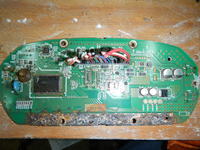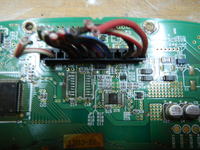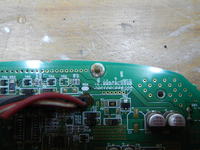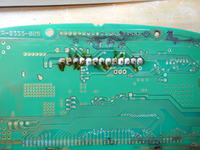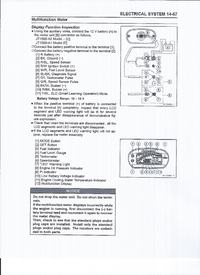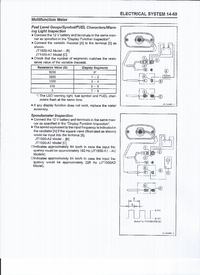ultra 15f
Newbie level 6

Not sure if im putting this in the right thread but i have a digital speedometer that the factory limits it to only read up 70 mph even thought it has the digits to go up to 199 mph. The speedo works on a 12v square wave and its input #6 red and green wire. Could someone please help me diagnose what is making it stop at 70 mph and help me find a way to make it read higher. Here are some pics of the board let me know what areas you might need a closer picture. Thanks for your help.
